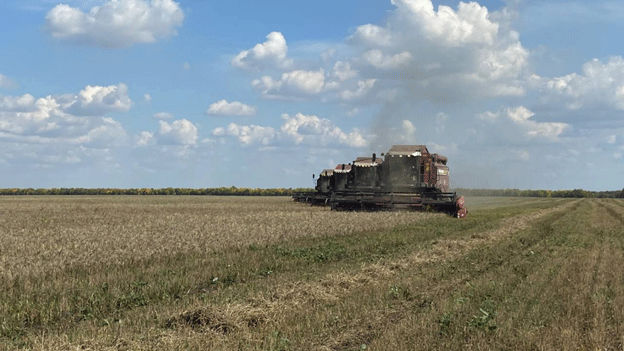Record Durum Wheat Harvest in the Southern Urals: A Boost for Local Pasta and Grain Industry
In an impressive milestone for Russian agriculture, farmers in Chelyabinsk Oblast—a key agricultural region in the Southern Urals—have harvested 494,400 tons of durum wheat in 2024, according to the regional Ministry of Agriculture. This is the highest-ever volume of durum wheat collected in the region and marks the first time this specific grain has fully met the raw material needs of local pasta production.
Durum wheat, known for its high protein content and firm gluten, is essential in producing premium pasta, couscous, and semolina. Traditionally, much of Russia’s durum wheat was grown in southern and central regions, such as Altai Krai and Saratov Oblast. But the success in Chelyabinsk indicates a strategic regional diversification and rising adaptation of hard wheat varieties to climatic conditions in the Southern Urals.
Sustained Growth Across the Grain Sector
In total, Chelyabinsk farmers harvested 2.263 million tons of grain in 2024, an increase of 173,600 tons from the previous year. This represents the third consecutive year of grain harvests exceeding two million tons—an achievement rarely seen in this part of Russia due to its short growing season and variable climate.
Alongside wheat, other crops also performed strongly:
- Buckwheat reached a near-record level of 67,000 tons, supporting both food security and domestic demand for gluten-free grains.
- Oilseeds, including rapeseed and sunflower, yielded 287,100 tons—one of the highest results in the region’s history.
According to Russia’s Federal State Statistics Service (Rosstat), national grain output in 2024 reached 141.5 million tons, slightly below the record 158 million tons in 2022, but well above the 10-year average. The increase in durum wheat areas in non-traditional regions like Chelyabinsk contributes to a more resilient national grain system.
Meeting Industrial Demand, Reducing Imports
The localization of durum wheat supply in Chelyabinsk is a significant step toward reducing dependence on imported semolina and pasta-grade wheat. Regional food processors can now rely on local raw material, decreasing transportation costs, increasing freshness, and enhancing traceability and food quality—all essential in modern agri-food chains.
With food security remaining a national priority, regions like Chelyabinsk demonstrate how strategic crop planning, improved varieties, and agronomic practices adapted to regional conditions can yield major economic and supply chain benefits.
Chelyabinsk’s 2024 durum wheat harvest is more than just a regional success—it signals a strategic shift in Russian grain production. With growing capacity outside traditional zones and clear alignment with industry needs, the Southern Urals may emerge as a new frontier for high-quality grain production. For farmers, agronomists, and agri-engineers, this development underlines the importance of varietal adaptation and integrated grain-market planning in building a more resilient food system.
Error





